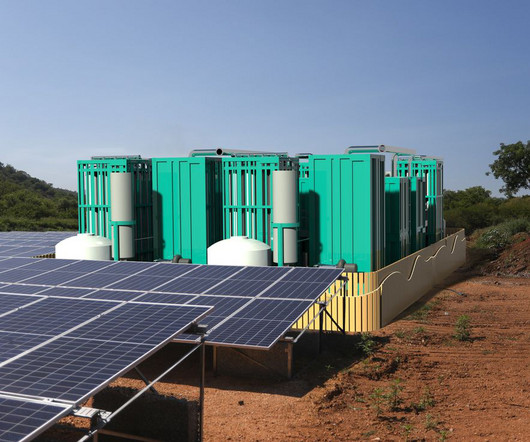Stanford team devises new bio-inspired strategy for using CO2 to produce multi-carbon compounds such as plastics and fuels
Green Car Congress
MARCH 10, 2016
In the paper in Nature they showed that intermediate-temperature (200 to 350 ˚C) molten salts containing caesium or potassium cations enable carbonate ions (CO 3 2– ) to deprotonate very weakly acidic C–H bonds, generating carbon-centered nucleophiles that react with CO 2 to form carboxylates. —Banerjee et al.














Let's personalize your content